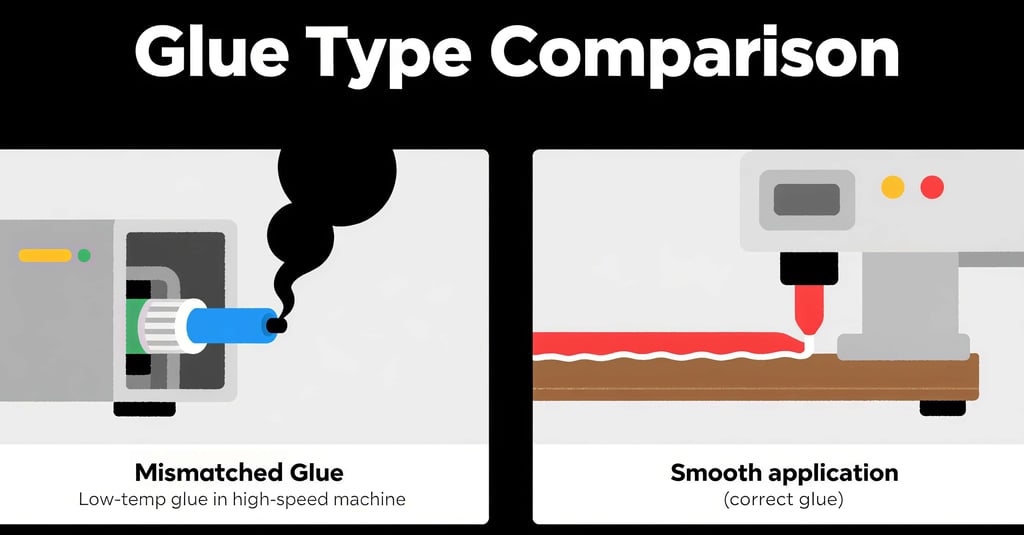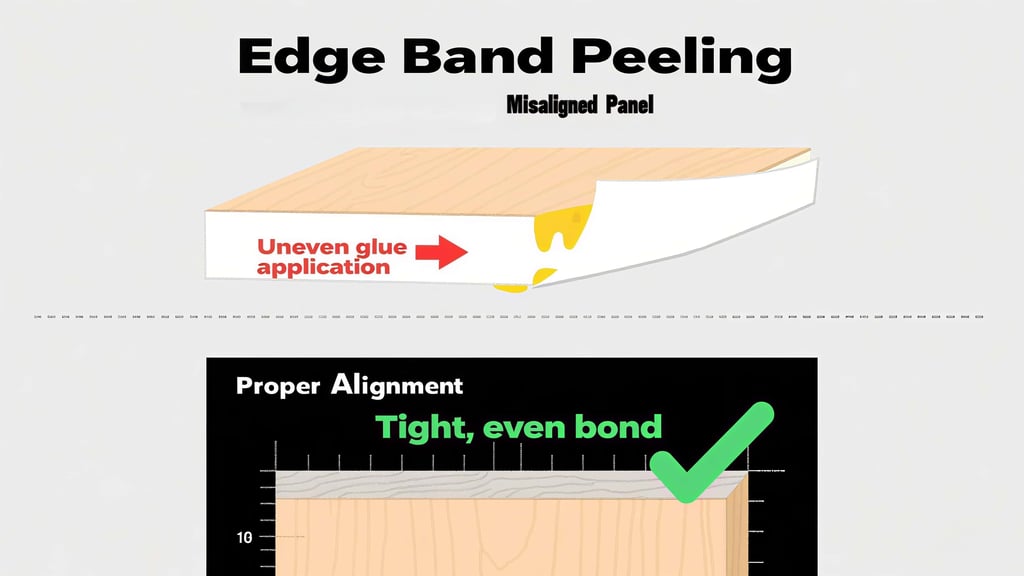How to Solve Common Issues with Panel Edge-Sealing Hot Melt Adhesive
4/15/2025


Panel edge-sealing hot melt adhesive is a must-have for woodworking—its solvent-free, heat-activated formula makes furniture production efficient and stable. But like any adhesive, it can run into issues that slow down production or hurt quality. Here’s how to fix the most common problems:
1. Choosing the Wrong Type of Hot Melt Adhesive
Edge-sealing glues come in high-temperature, medium-temperature, and low-temperature variants, each designed for specific machines, panels, and edge bands. Mismatching the glue to your setup causes problems:
Using low-temperature glue in a high-speed automatic machine? It may overheat, carbonize, or smoke.
Using high-temperature glue in a manual/semi-automatic machine? It might not melt properly, failing to bond.
Using low-viscosity glue on particleboard (which has loose, porous surfaces)? The glue seeps into pores instead of staying on the edge, weakening the bond.
Fix: Match the glue to your equipment (speed, temperature settings) and panel material. Check the manufacturer’s guidelines for viscosity and temperature ranges.
2. Edge Bands Peeling After Bonding
If edge bands fall off or lift, it’s rarely just the glue’s fault. Common causes include:
Misalignment: Panels or edge bands aren’t positioned correctly, leading to uneven glue application or poor pressure.
Mismatched parameters: Machine settings (like pressure, open time, or curing time) don’t align with the glue’s requirements. For example, if curing time is too short, the bond doesn’t set properly.
Fix:
Ensure panels and edge bands are aligned tightly during application.
Adjust machine settings to match the glue’s specs (e.g., extend curing time if the glue needs longer to set).
3. Stringing (Sticky Threads) During Application
Stringing—thin glue threads left on the panel edge—ruins appearance and wastes glue. It usually happens because:
The glue isn’t heated enough, so it’s too thick to break cleanly after application.
Fix:
First, slightly increase the heating temperature to improve fluidity (stay within the glue’s recommended range).
If that doesn’t work, switch to a more fluid edge-sealing adhesive designed to reduce stringing.
Most issues with edge-sealing hot melt adhesive stem from mismatched glue, machine settings, or alignment. By choosing the right glue, fine-tuning your equipment, and ensuring proper positioning, you can keep production smooth and edges strong. For more details, check specific furniture edge-sealing guides from adhesive manufacturers!


NEWS LETTER
Latest series updates
Exclusive promotion offers
Copyright© 2010-2025 DOMIL. All rights reserved.
Manufactory&Capabilities


Contact
sales01@meltbond.com
+86 75522951009
+86 13008887698
admin@meltbond.com
